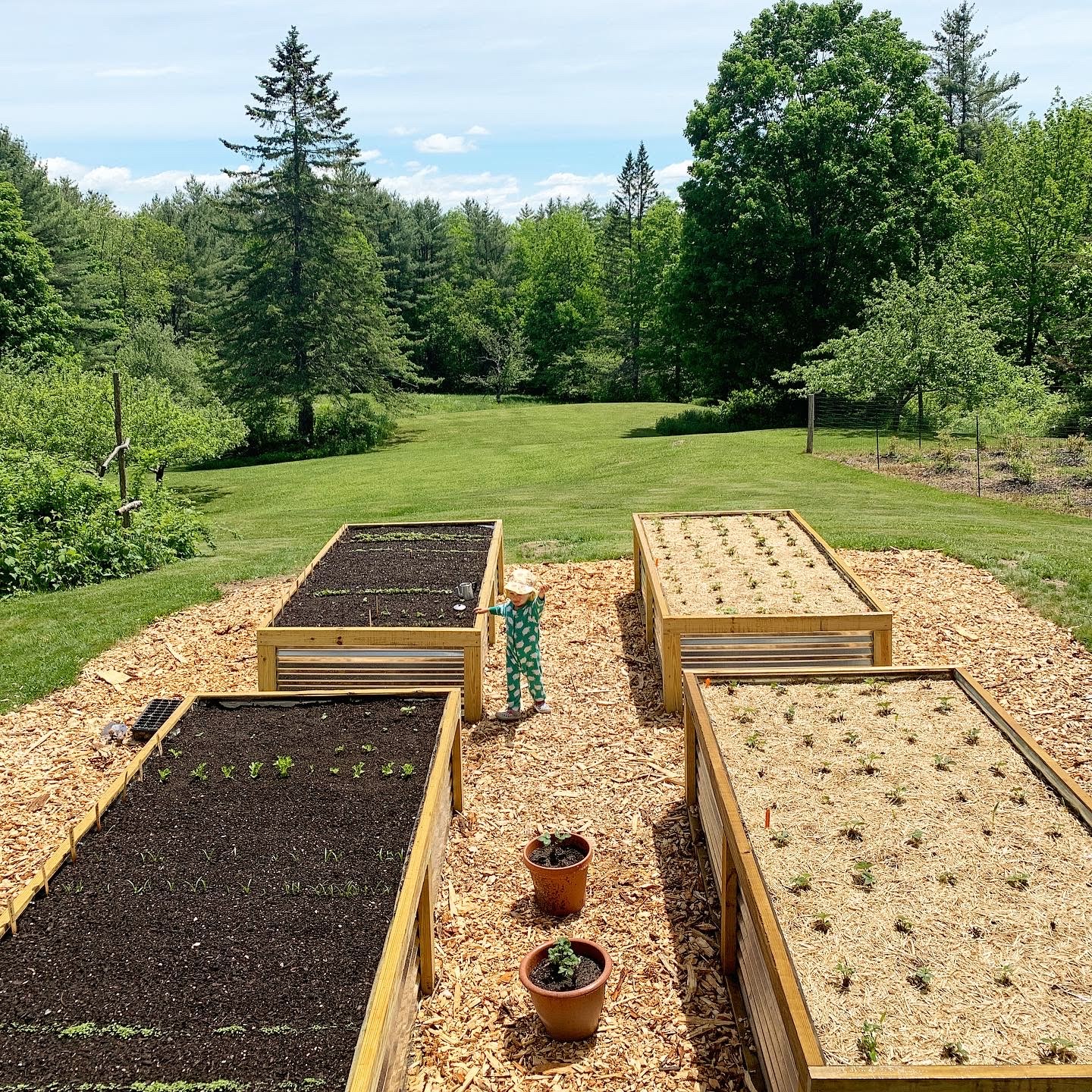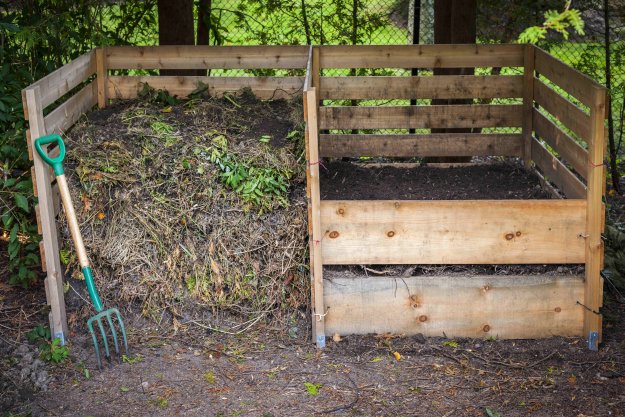Beginner-Friendly Approaches for Homestead Gardening Effort
Beginner-Friendly Approaches for Homestead Gardening Effort
Blog Article
Discover the Secrets to Producing a Efficient and beautiful Horticulture Room
Developing a effective and attractive horticulture space is not merely a matter of planting blossoms and veggies; it requires a calculated technique that incorporates different critical components. From picking the right area based on sunshine and soil type to thoughtfully designing your layout and choosing ideal plants, each choice plays an essential function in the success of your garden.
Choosing the Right Area
Choosing the optimal location for your yard is important to its success and overall visual charm. The initial step in this process entails evaluating sunlight exposure, as the majority of plants call for at least 6 hours of straight sunlight daily (Homestead Gardening). A south-facing yard commonly receives one of the most light, while shaded areas can restrain growth and blooming
Additionally, take into consideration soil top quality and drainage. Well-draining dirt is important to protect against waterlogged origins, which can result in plant conditions. Conducting a dirt test can supply valuable info pertaining to pH levels and nutrition content, enabling you to modify the dirt appropriately.
Moreover, closeness to water sources is one more variable to weigh - Homestead Gardening. Having simple accessibility to a tube or irrigation system can streamline the watering process and urge consistent plant care. Wind security is additionally important; positioning your yard near frameworks, such as walls or fences, can protect it from rough winds that might damage delicate plants
Finally, think about access for maintenance and harvesting. A well-placed yard enables practical access, ensuring that you can easily have a tendency to your plants without triggering unnecessary stress or disturbance. Thoughtful place selection lays the structure for a flourishing yard.
Selecting Plants Carefully
When selecting plants for your garden, it's necessary to take into consideration variables such as environment, dirt problems, and individual preferences to ensure a productive and harmonious space. A comprehensive understanding of your regional climate will guide you in picking plants that grow in your details setting. For example, selecting drought-resistant varieties is advantageous in arid areas, while moisture-loving types might be better for locations with high rainfall.
Soil problems are similarly crucial; conducting a dirt test can reveal pH levels and nutrient content, allowing you to pick plants that will grow. Indigenous plants are usually an outstanding choice, as they are usually well-adapted to regional dirt types and require much less upkeep.
Show on your personal preferences-- picking plants that reverberate with your visual preferences will certainly improve your pleasure and commitment to preserving your yard. By very carefully reviewing these aspects, you can produce a diverse and successful plant selection that raises your horticulture experience.
Designing Your Yard Layout
With a thoughtfully selected plant option in hand, the next action is to create a garden layout that optimizes both appeal and capability. Begin by assessing the offered room, thinking about elements such as sunshine, wind, and color patterns. A tactical format ought to incorporate numerous areas, including areas for planting, paths, and potentially seating.
Beginning with bigger plants or prime focus, such as trees or tall perennials, placed tactically to create visual passion. Layer smaller plants ahead to enhance depth and texture. Consider the development habits of your picked plants; taller varieties ought to be placed at the back or facility of beds, while much shorter ones can line the edges.
Integrating pathways not just promotes gain access to for maintenance yet also welcomes exploration. Use materials that match the yard's general aesthetic, whether gravel, rock, or wood chips.
In addition, consider seasonal modifications and exactly how your layout will look throughout the year. Incorporating evergreens along with seasonal flowers can make certain year-round elegance. Inevitably, a properly designed yard design harmonizes the all-natural charm of plants with functional considerations, causing an area that is both welcoming and efficient.
Enhancing Soil Health

To enhance soil health and wellness, start by performing a soil examination to assess pH degrees, vitamins and mineral material, and soil texture. Include natural issue such as garden compost, well-rotted manure, or leaf mold and mildew to improve soil framework, water retention, and microbial task.
Mulching is an additional reliable technique; it not only preserves wetness yet likewise subdues weeds and progressively enhances the soil as it breaks down. Staying clear of too much husbandry is crucial, as it can interfere with dirt structure and damage helpful organisms. Instead, take on no-till or minimal husbandry techniques to keep soil integrity.

Maintaining Your Yard Successfully
A properly maintained garden gives satisfaction and productivity, needing consistent focus to ensure that plants thrive and the landscape remains welcoming. Efficient yard maintenance entails numerous vital methods that improve the health of your plants and the general aesthetic of your room.
Regular watering is essential; however, it is very important to customize your watering routine based upon the specific needs of your plants and local environment conditions. Mulching can help maintain dampness, reduce weeds, and manage dirt temperature level. Additionally, prompt weeding prevents competition for nutrients and sources, making certain that your plants thrive.
Trimming is an additional crucial task. It encourages healthy growth, gets rid of dead or unhealthy branches, and forms plants to preserve an attractive framework. In addition, keeping an eye on for diseases and insects is vital; early discovery and intervention can conserve your plants from substantial damages.
Fertilizing ought to be implemented attentively, see post using natural options whenever feasible to promote long-term dirt health and wellness. Seasonal tasks such as planting, dividing perennials, and preparing for winter months will certainly ensure your garden remains dynamic year-round. By complying with these methods carefully, you can grow a yard that is both lovely and productive.
Conclusion
In conclusion, the creation of a attractive and productive gardening room needs careful factor to consider of several essential components. Picking an appropriate area with ample sunlight, selecting suitable plants, designing a cosmetically pleasing layout, enhancing dirt wellness, and making certain normal upkeep are crucial components. By integrating these practices, one can grow a flourishing garden that not only enhances the landscape yet likewise promotes eco-friendly balance and sustainability. Such a method ultimately brings about a satisfying horticulture experience.
From selecting the right location based on sunshine and soil kind to thoughtfully designing your format and picking appropriate plants, each decision plays a recommended you read pivotal function in the success of your garden. Well-draining dirt is necessary to avoid waterlogged origins, which can lead click over here to plant conditions.When selecting plants for your yard, it's necessary to take into consideration factors such as climate, dirt problems, and individual choices to make sure a harmonious and effective room. Eventually, a properly designed garden layout harmonizes the natural appeal of plants with sensible considerations, resulting in a room that is both inviting and efficient.

Report this page